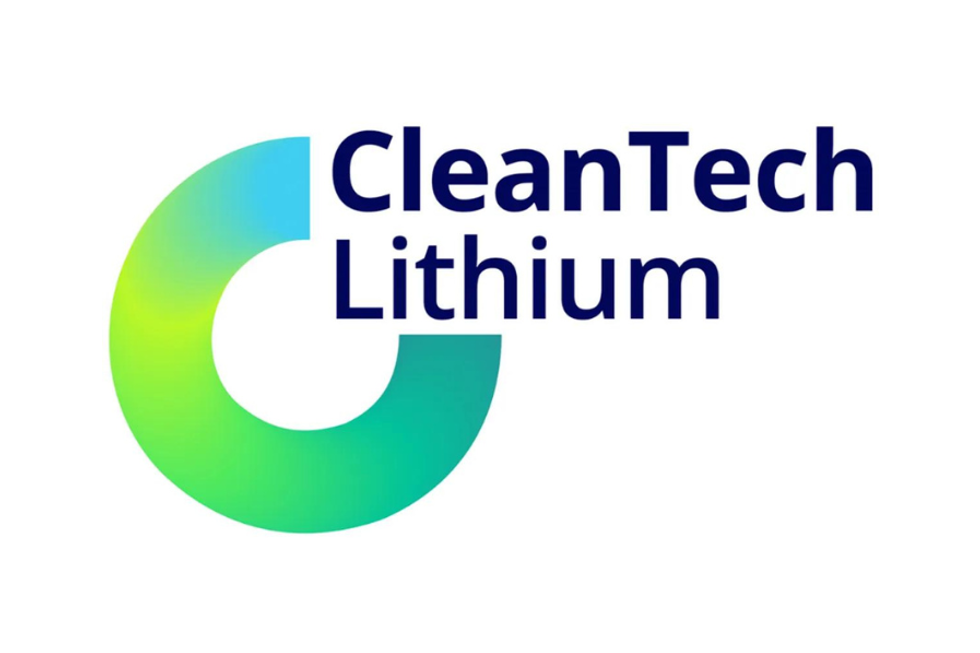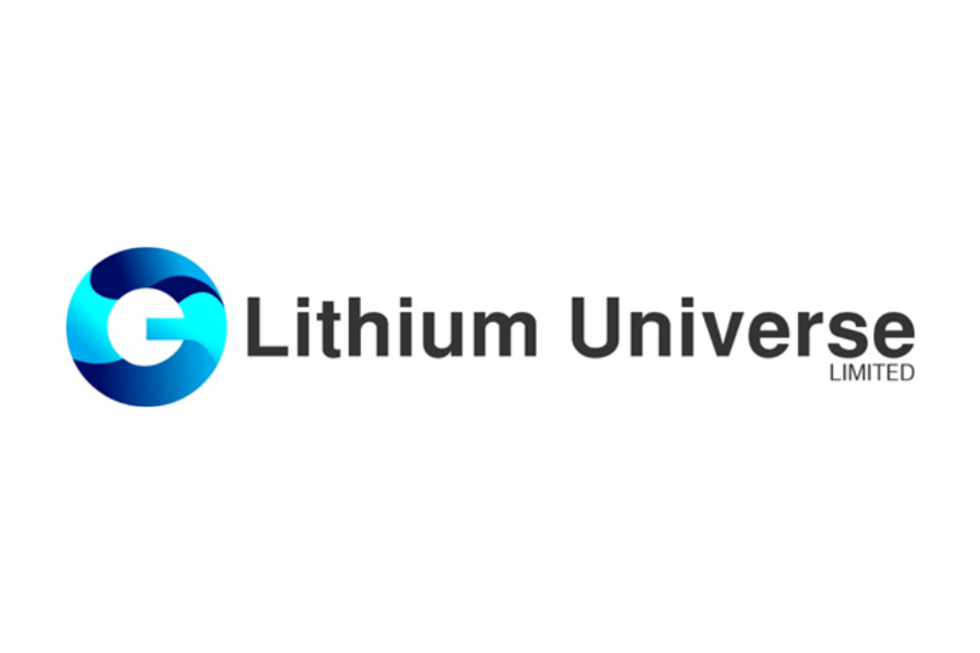
What happened to lithium in Q1 2020? Our lithium market update outlines key developments and explores what could happen moving forward.
Click here to read the latest lithium market update.
COVID-19 has changed the outlook for most commodities, with lithium being no exception.
Despite the volatility that the spread of the virus has added to an already challenging market, most analysts believe lithium demand is still poised to surge in the long term on the back of the probably delayed, but not denied, energy revolution.
How did the metal perform in the first quarter of 2020, and what’s ahead for lithium in the near term? Read on for an overview of the main news that impacted the lithium market in Q1, plus a look at what investors should watch out for the rest of the year.
Lithium market update: Coronavirus-driven decisions hit supply and demand
During Q1, the impact of COVID-19 dominated market dynamics in every commodity, with March bringing Wall Street’s worst day of trading since 1987.
Interestingly, lithium has been one of the metals least affected by the pandemic in terms of price, William Adams of Fastmarkets told the Investing News Network (INN).
Fastmarkets’ lithium carbonate battery-grade prices, ex-works China, were recently trading at around 45,000 yuan per kilogram, down from 48,000 yuan in mid-January. That’s a drop of 6.25 percent, but a less significant fall than what other commodities, such as base metals, saw in Q1.
George Heppel of CRU Group believes prices are unlikely to fall further in spite of anticipated lower demand. According to his firm, Chinese carbonate spot prices are currently trading in the range of 44 to 48 renminbi per kilogram of lithium carbonate equivalent (around US$6.20 to US$6.80).
“However, there is a strong chance that contract prices will be negotiated down in the coming months.”
Benchmark Mineral Intelligence’s Andrew Miller also told INN there has been a limited impact on lithium so far; however, the bigger risk remains the prevailing demand outlook for the rest of the year.
“There will be more demand pressures outside China in Q2, but from a battery perspective, China already plays a major role, so will likely play a big role in propping up the supply chain in the coming months,” Miller explained.
Weaker battery consumption and slower diversification of electric vehicle (EV) consumption outside of the Asian country will impact the lithium demand outlook this year, he added.
“In the near term this will continue to impact prices and stunt efforts to work through backlogs in the supply chain,” Miller said.
For Adams, lithium demand will likely prove poor in Q1, but he thinks actual demand may not have been as bad as apparent demand.
“We expect demand will start to recover later in Q2 and more so in the second half,” he said.
Meanwhile, Heppel pointed out that even if economies begin to reopen in Q2, the overarching negative effect on demand caused by the looming recession is going to put a limit on end-user demand.
“Demand will certainly rebound in Q2, but cell manufacturer order books are going to be significantly lower than they were before COVID-19,” he said.
Looking over to the supply side of the lithium story in Q1, disruptions and expansion plan revisions due to government and company measures to contain the outbreak were a common theme.
In Q1, Roskill estimates approximately US$160 million of production value was lost at the mine level on a lithium carbonate equivalent basis on the back of either complete shutdowns or production scalebacks.
And the rest of the year is not looking any better, according to the firm, with similar losses of value expected to happen again throughout Q2, Q3 and into Q4 — which could collectively sum to between US$400 million and US$650 million of lost value.
“Granted, the high level of uncertainty around the potential of global economic recovery and effectiveness of planned stimulus will dictate what does eventually play out,” Jake Fraser of Roskill recently told INN.
Despite the supply disruptions, a shortage might not be on the horizon this year or even next, which for Fastmarkets’ Adams is due to the current oversupply situation in the lithium market and the abundant levels of stock along the supply chain.
Meanwhile, the economic downturn brought by the coronavirus outbreak led Benchmark Mineral Intelligence to change its outlook for 2020. At the start of the year, the London-headquartered firm was expecting a more balanced market for 2020 and a tightening into 2021.
“The global economic shutdown means we now project the market to remain in oversupply for this year and ultimately the evolution of the market balance will be pushed back six to 12 months,” Miller said.
He forecasts the market to move more into balance in 2021 to 2022, before seeing a structural deficit emerge from 2023 onwards.
Another coronaviurs impact on lithium to keep in mind is the fact that COVID-19 has already and will continue to delay expansions and new projects, which will bring forward the time when the supply/demand balance swings into a supply deficit, Fastmarkets’ Adams pointed out.
“This weak environment will also delay investment in processing capacity, especially in jurisdictions outside of China, which could further reduce the availability of the high-quality materials that the expanding tier one OEMs/battery manufacturers will require — this is especially so for lithium hydroxide,” he added.
Lithium market update: EV story delayed, but not derailed
Looking at how the coronavirus will impact the EV story, Fraser said COVID-19 is forecast to have significant short-, medium- and long-term impacts.
Prior to the virus outbreak, Roskill’s 2020 base case forecast was a 60 percent year-on-year increase in EV sales to 2019, from 2 million to around 3.2 million EVs in 2020.
“We now forecast EV sales to be between 30 to 45 percent lower than (previously expected), with sales of approximately 1.8 million EVs under the worst case six month lockdown scenario,” he said.
Speaking about the impact of the virus on EV adoption, Heppel said COVID-19 is a disaster for the automotive sector.
Looking to 2020 as a whole, CRU Group currently expects a 20 percent year-on-year drop in automotive sales worldwide — but on a regional basis it could be much higher, in Europe in particular.
“This is going to hit OEMs hard,” he said. “Some OEMs (most notably Volkswagen Group (OTC Pink:VLKAF,FWB:VOW)) have already invested so much in battery electric vehicles (BEVs) that they are unlikely to alter their plans, but I wouldn’t be surprised if we begin to see some OEMs which haven’t yet properly pulled the trigger on BEVs yet focusing more on hybrid electric vehicle production for the next couple of years.”
However, Heppel said the shift to e-mobility remains inevitable in the long term, and Fastmarkets’ Adams agrees — the EV story is only heading one way.
“Having seen the benefits of greatly reduced pollution in cities around the world as economic activity has stalled, we expect local governments will be even keener to encourage the rollout of EVs over internal combustion engines,” he said.
Adams expects a pickup in EV sales in China in the second quarter, which should see demand rebound; however, weakness will continue in Europe and the US in the first half of the second quarter, with a potential recovery expected later in the period.
Despite the headwinds faced by the sector, battery metals expert Chris Berry of House Mountain Partners said the EV thematic could be delayed, but not denied.
“Globally, OEMs have committed hundreds of billions of dollars to electrify their fleets in the coming decade,” he said. “This is too large a sum to walk away from.”
Berry said another factor playing an important part in the EV revolution is the enormous amount of intellectual firepower focused on reducing the cost of lithium-ion batteries.
“The speed at which an EV becomes truly cost competitive with an internal combustion engine is going to surprise a lot of people,” he added.
Once the coronavirus outbreak is under control, and countries begin to recover, Miller of Benchmark Mineral Intelligence said it will be interesting to see how stimulus packages are directed and whether this actually pushes forward the case for EVs longer term.
“We’re already seeing a bigger commitment from the Chinese government in terms of new subsidies and potential directives for public transportation and taxis,” he said. “If there are similar policies in Europe and North America, the long-term outlook for the market could actually strengthen.”
Lithium market update: What’s ahead?
As the second quarter of the year begins, Miller said supply will be less operationally constrained and more challenged by logistics and the ability of consumers to accept orders.
“Some plants may be closed temporarily as we’ve seen in Argentina, but we don’t expect this to have a major impact on availability,” he said.
In terms of prices, Miller thinks pressures will continue in Q2, taking pricing in the rest of the world more in line with Chinese levels.
“Ultimately we are close to cost for many suppliers, so we expect prices to stabilize in H2 as the market surplus decreases,” he added.
CRU Group, which is still revising its lithium outlook for 2020 to 2021, expects Chinese spot prices will likely continue to trade along the bottom during Q2.
“Contract prices are likely to be renegotiated down at some point, but due to the long-term contractual nature of lithium supply, this may not happen immediately,” he said.
Roskill’s Fraser also said pricing across the board is forecast to remain soft. Spodumene concentrate prices are already teetering at levels unable to sustain most incumbent producers in the low US$500s per tonne, while the domestic battery-grade carbonate price in China has declined further in recent months to between US$6,000 to US$6,500 per tonne.
“For both, more pain is expected for respective producers over the course of 2020 in order to sustain sales to buyers reluctant to purchase above these levels,” he said.
Touching on the topic of prices, Berry said lower-for-longer lithium pricing will demonstrate that low pricing cannot exist indefinitely with demand growing at double-digit rates.
“The industry continues to show how difficult it is to bring adequate battery-grade supply online, on budget,” he said. “Lithium pricing must rise, but that spike isn’t imminent.”
For investors looking for cues as to where the market is going, Miller said one key factor to watch will be China’s stimulus strategy.
“If the government goes aggressively after EVs and ESS, then this will have an impact on demand, but also the type of chemistries required (which could impact the carbonate/hydroxide balance),” Miller said.
Heppel said another factor investors should look for is a possible “second wave” of COVID-19 in China.
“If China is unable to contain a second wave of COVID-19, then it will become clear that the impacts of COVID-19 are much larger and more far-reaching than we are currently expecting,” he said.
Berry also said investors should watch the EU and its efforts to build a more regionalized supply chain.
Don’t forget to follow us @INN_Resource for real-time news updates!
Securities Disclosure: I, Priscila Barrera, hold no direct investment interest in any company mentioned in this article.
Editorial Disclosure: The Investing News Network does not guarantee the accuracy or thoroughness of the information reported in the interviews it conducts. The opinions expressed in these interviews do not reflect the opinions of the Investing News Network and do not constitute investment advice. All readers are encouraged to perform their own due diligence.





